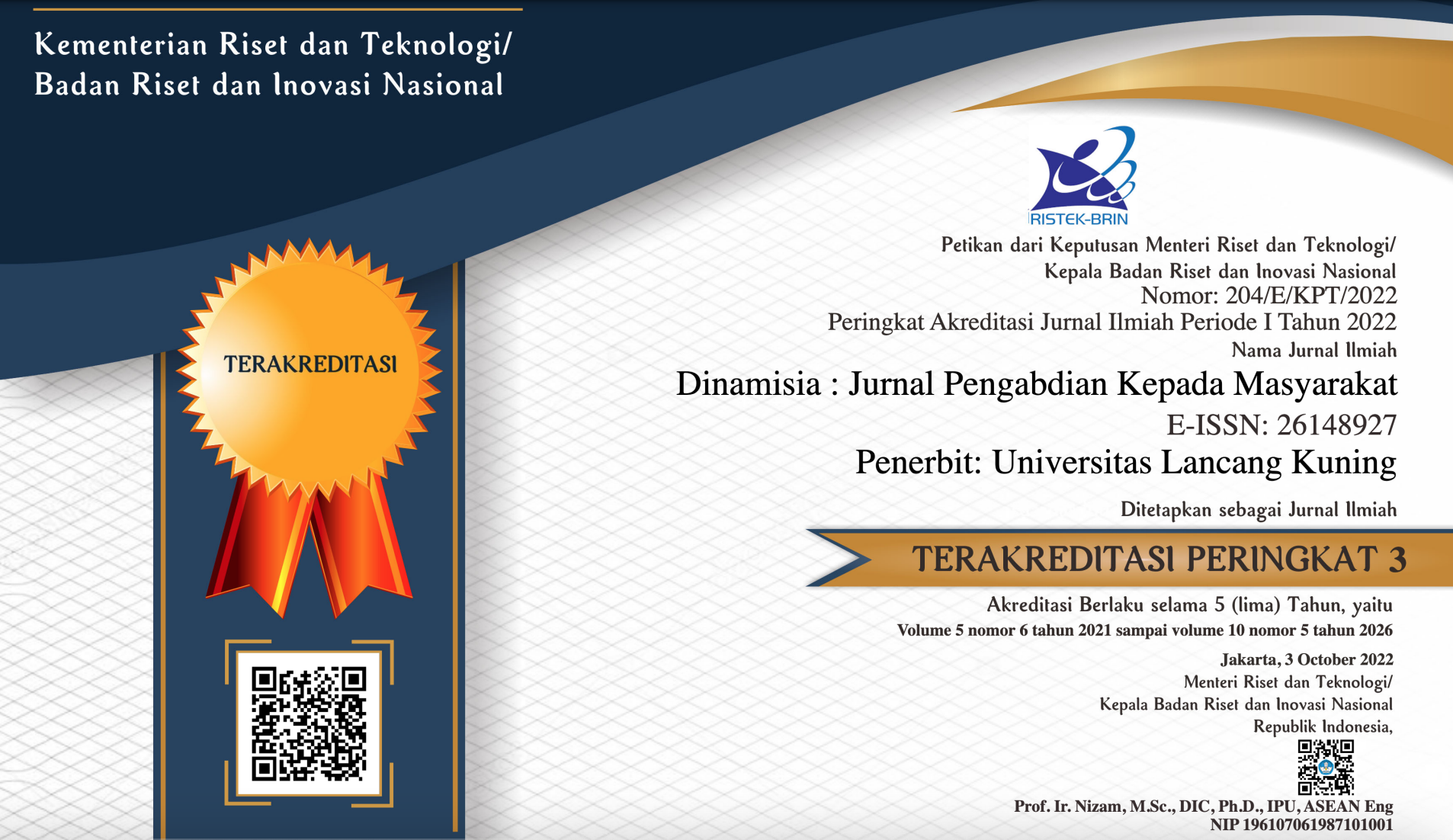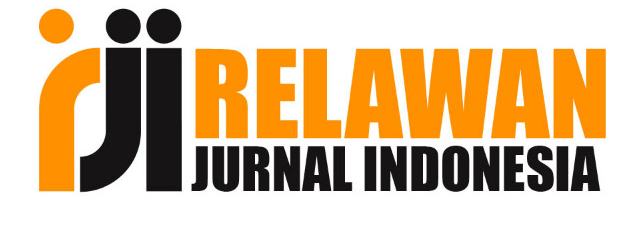Pemanfaatan Daun Serai Wangi sebagai Bahan Baku Pembuatan Minyak Atsiri untuk Peningkatan Ekonomi Masyarakat Desa
Abstract
The fall in prices of oil palm and rubber has an impact on weakening the economy of the community, so we need another solution in an effort to increase again. Lemongrass plant is one of the producers of essential oils. Essential oils are plant extracts that are widely used in the chemical industry. Lemongrass plants suitable for planting in tropical climates and do not require expensive maintenance and a long time. The production of essential oils through the distillation process so that condensate is produced which will be purified through the distillation process. Lemongrass oil commodity has a high selling price, so it is expected to increase farmers' income and employment. The results of this community service were that the Batubelah Village Community was interested in citronella cultivation considering the economic condition of the community had plummeted due to falling oil and rubber prices.
Downloads
References
Achmad Arivin Rivaie dan Suwardih. (2017). Pengembangan Model Pertanian Bio-Industri Berbasis Kelapa Sawit, Sapi dan Serai Wangi di Kepulauan Bangka Belitung: Suatu Gagasan. Prosiding Seminar Nasional Sains Dan Inovasi Teknologi Pertanian, 358–372.
Agus, F., & Subiksa, I. G. M. (2008). Lahan Gambut: Potensi untuk pertanian dan aspek lingkungan. Balai Penelitian Tanah Dan World Agroforestry Centre (ICRAF), Bogor.
Aviasti Anwar, Nugraha, Asep Nana Rukmana, A. A. N. (2017). Pemberdayaan Potensi Masyarakat Desa Cimungkalkecamatan Wado Melalui Wirausaha Serehwangi. 5, 224–231.
Bota, W., Martosupono, M., & Rondonuwu, F. S. (2015). Potensi Senyawa Minyak Sereh Wangi (citronella oil) dari Tumbuhan Cymbopogon nardus L. sebagai Agen Antibakteri. Prosiding Semnastek.
Dedi Iskandar, A. (2017). Kondisi Sosial Ekonomi Masyarakat Petani Serai Wangi (Cymbopogon Nardus). 2, 944–965.
Harahap, B. M., Dewantoro, A. I., & Nuur, R. (2019). Evaluasi Dan Perbaikan Proses Produksi Minyak Atsiri Nilam Berbasis Neraca Massa ( Studi Kasus CV Anugerah) (1), 21–27.
Nakahara, K., Alzoreky, N. S., Yoshihashi, T., Nguyen, H. T. T., & Trakoontivakorn, G. (2003). Chemical Composition and Antifungal Activity of Essential Oil from Cymbopogon nardus (Citronella Grass). Japan Agricultural Research Quarterly, 37(4), 249–252. https://doi.org/10.6090/jarq.37.249
Sari, E., & Wahyuni, S. (2020). Sosialisasi Pemanfaatan Jambu Air Menjadi Nata De Syzygium. 4(2), 209–213.
Statistik, B. P. (2019). Laporan Perekonomian Provinsi Riau. Retrieved from www.bi.go.id
Yusmarni, Zelfi Zakir, A. P. (2018). Usulan penelitian riset dasar kelayakan ekonomi dan respon petani terhadap budidaya dan pengolahan serai wangi di nagari simawang kabupaten tanah datar. (26096009).



















